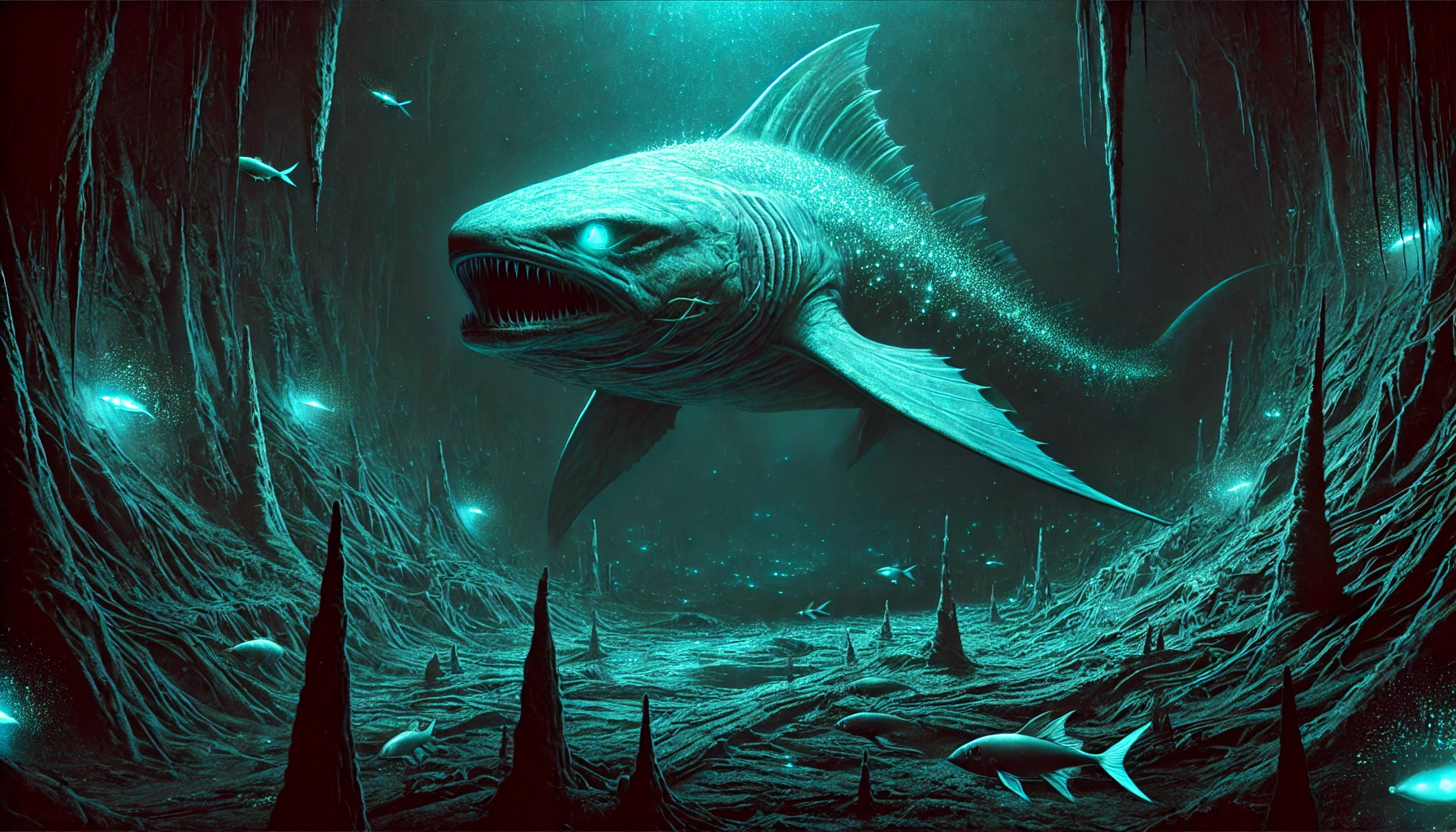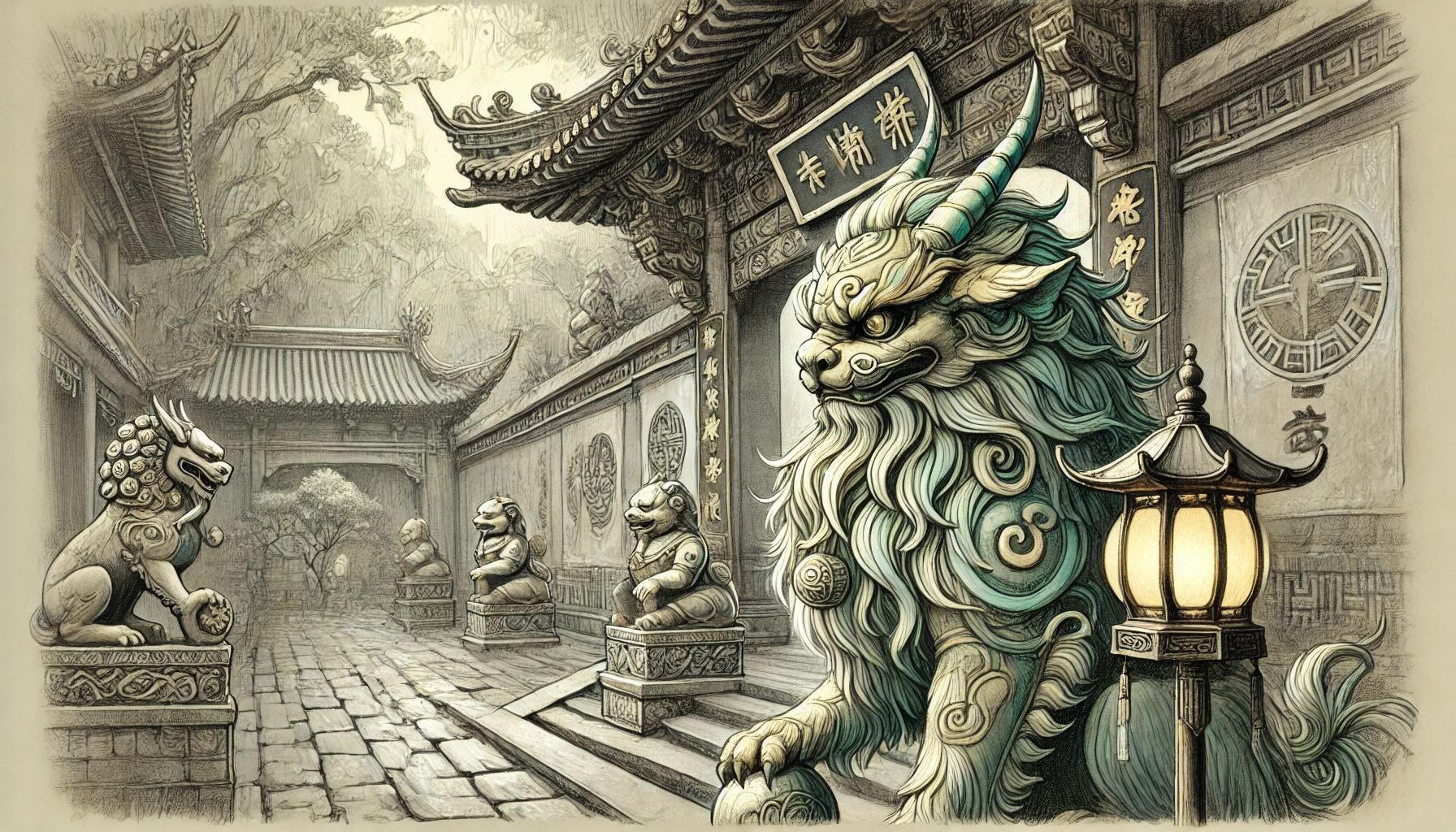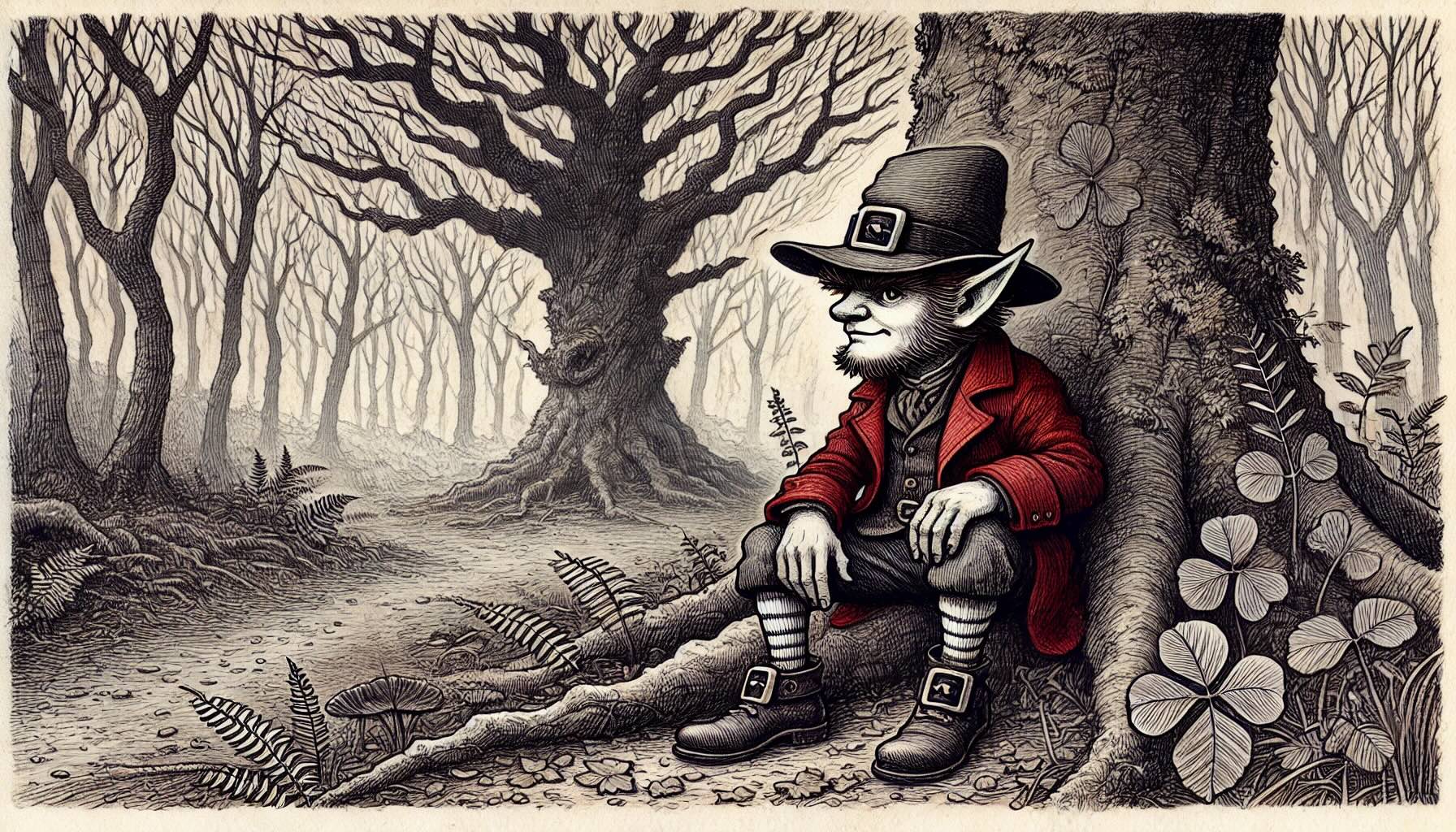When the Waters Stir: The Presence of the Taniwha
The river runs deep, its surface smooth as glass, but something shifts below. The water ripples, a disturbance unseen. You were certain this part of the river was calm, but now the current tugs at your ankles, urging you back to shore. Too late.
The taniwha has noticed you.
These ancient beings exist beyond human understanding, neither wholly good nor wholly evil. Some are fierce protectors, watching over sacred waters and the people who respect them. Others are vengeful hunters, dragging boats and swimmers into the abyss. The only certainty? To tread carelessly in their domain is to invite disaster.
Shapes of the Deep: The Ever-Changing Taniwha
No two taniwha look exactly alike. Their forms shift depending on the stories told and the regions they haunt, but most share common traits.
- Serpentine and Monstrous: Many taniwha resemble massive scaled serpents or dragons, with glistening bodies that slip through the water without a sound.
- Shark-Like Behemoths: Others are said to have the forms of great sharks, their jagged teeth capable of slicing through bone in a single bite.
- Reptilian Guardians: Some are described as crocodilian, with powerful limbs and armored hides, lurking beneath riverbanks and swamps.
- Shifting Forms: Taniwha are known to change shape, appearing as logs floating downstream, or even assuming human form to walk among mortals undetected.
Regardless of their shape, one thing remains constant: they are immense, ancient, and not to be trifled with.
Encounters of the Deep: Accounts of the Taniwha
The taniwha are deeply woven into Māori history, feared and revered in equal measure.
One of the most well-known taniwha, Tūtaeporoporo, was said to have once been a guardian before becoming feared as a monster. Originally tasked with protecting the people, he later turned against them, growing vicious and unpredictable. His hunger for human flesh became insatiable, and he began ambushing canoes and devouring those who traveled his river. It took the warrior Whakatau to finally end his reign of terror, striking the beast down after a long battle.
But not all taniwha are foes. Some taniwha are seen as kaitiaki (guardians), protecting sacred waterways and the people who respect them, though not all share this role. Tribes that honor their taniwha often leave offerings—flax-woven gifts, carved talismans, or even small portions of food—to ensure continued protection.
Those who break this pact? They find the river no longer favors them. The waters rise unexpectedly. Boats overturn. And then, something stirs beneath the waves.
Waters of Mystery: The Taniwha’s Domain
Taniwha are never found in safe, predictable waters. Instead, they inhabit places of mystery and danger:
- Deep Rivers and Gorges: Still waters can hide something massive just beneath the surface.
- Ocean Caverns and Reefs: Some taniwha lurk beneath the tides, pulling ships down into their abyss.
- Dark Lagoons and Swamps: The deeper and murkier the water, the more likely it is to be home to something ancient.
- Sacred Springs: Those who drink without offering respect may find themselves marked for disaster.
Sudden, unexplained whirlpools, shifting tides, or an eerie stillness in the water are warnings—signs that a taniwha is watching.
Treading Carefully: How to Respect the Taniwha
If you travel through the lands of the taniwha, take every precaution—for respect is the only thing standing between you and the depths.
- Always show respect to the water. Māori tradition warns against speaking ill of the taniwha or taking from its domain without offering something in return.
- Watch for the signs. If the river suddenly runs backwards, if a wave crashes against the shore without reason, leave immediately.
- Do not swim in sacred waters. If a place has been marked as the dwelling of a taniwha, it is not meant for humans.
- Leave offerings before crossing unknown waters. A small tribute may mean the difference between safe passage and an unseen hand dragging you under.
- If a taniwha is angered, only a tohunga (spiritual expert) can calm it. Some tribes still pass down the knowledge of how to communicate with these beings—if they will listen.
History tells of those who ignored these warnings. Their names are lost, swallowed by the depths. Fishermen whisper of a lone traveler who laughed at the old warnings—his canoe found days later, shattered on the riverbank. His fate serves as a final warning.
Heed the Waters: The Taniwha’s Last Lesson
To those who do not understand, the taniwha may seem like mere stories—until they feel the water shift beneath them and realize too late that others have already paid the price for their doubt. But to those who understand them, they are far more. They are guardians, keepers of the sacred places, and reminders of the power that lies beyond human reach.
Taniwha are known to protect those who honor them and destroy those who do not—a truth that has been proven time and time again. The choice is yours.
So, if you ever stand at the edge of a still lake, the air unnaturally silent, and feel something ancient watching from beneath the surface—step back. Offer your respects.
And whatever you do, do not enter the water.



